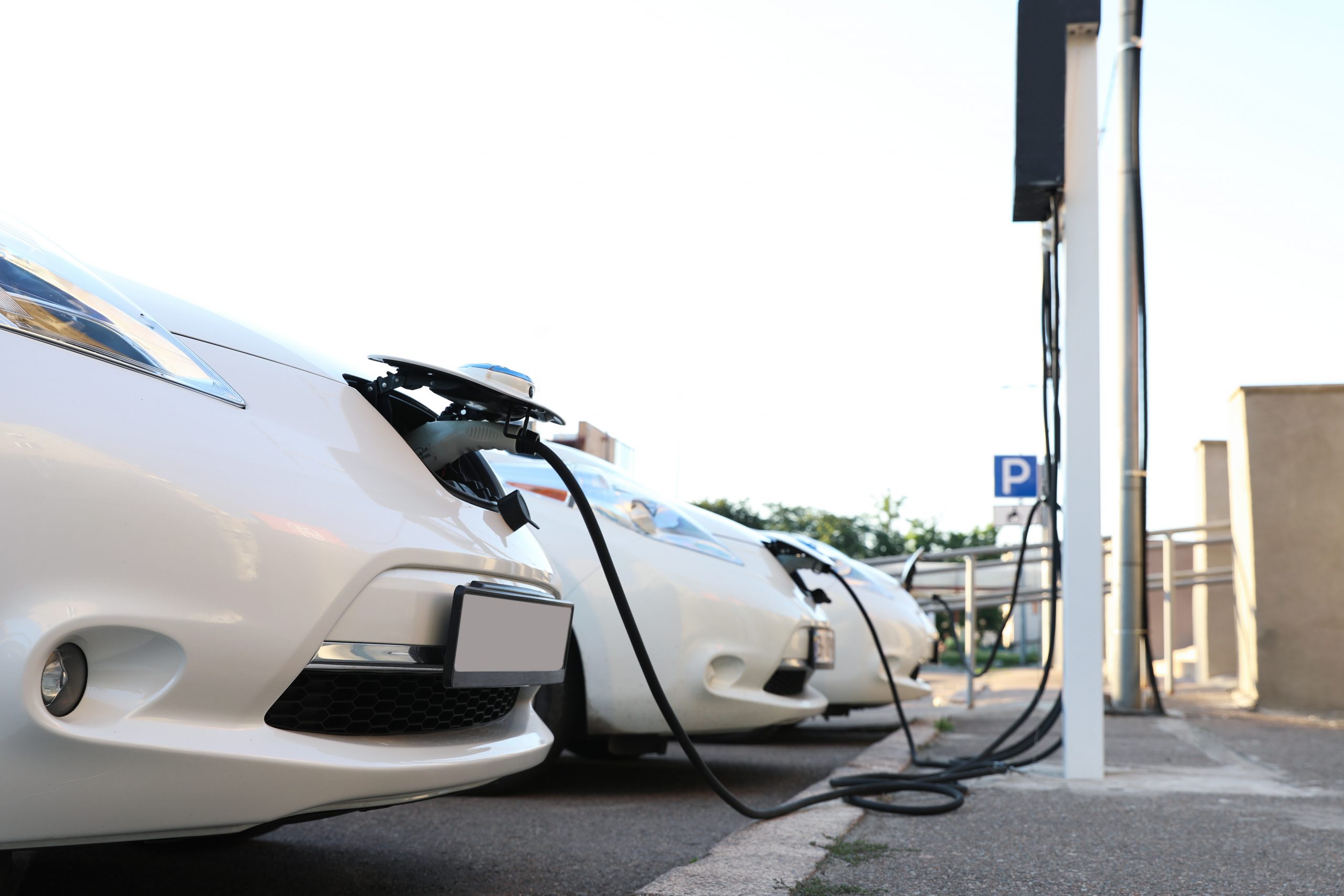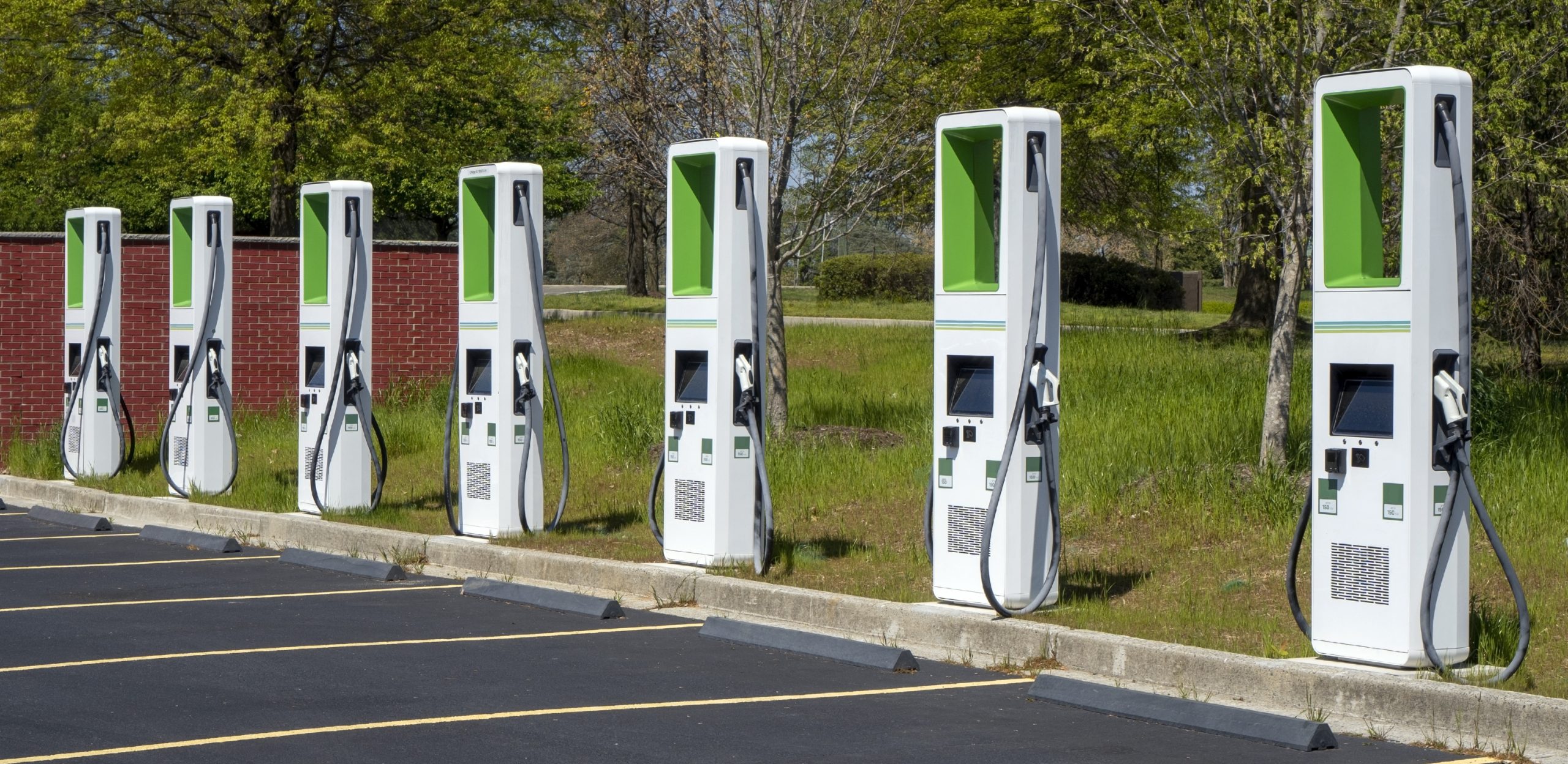Back in March, we wrote about pending legislation that would amend the Planning Code to specifically address electric vehicle (“EV”) charging uses. At the time, the legislation was headed to the Planning Commission for initial consideration. On Tuesday, the Board of Supervisors unanimously passed an amended version of that legislation on the first reading.
As we explained in our March update, the Planning Code does not currently contemplate EV charging at all—leaving operators to work with the Planning Department on a case-by-case basis to determine the permissibility and approval path for any new EV charging site.
In order to meet the City’s climate action targets (which include a goal of 100% registered private vehicle electrification by 2040), the legislation aims to create a Planning framework to streamline the approval of publicly accessible EV charging stations and to regulate (though not necessarily streamline) the approval of new fleet vehicle charging sites.
The legislation creates two new Planning Code use categories, both under the umbrella of “Automotive Use.” The new “Electric Vehicle Charging Location” (“EV Charging Location”) use covers public-facing charging locations and “Fleet Charging” covers EV charging facilities that are dedicated to a private entity and not available to the general public.
The initial draft of the legislation would have required Conditional Use (“CU”) Authorization for Fleet Charging in most zoning districts, except in PDR-1-D, PDR-1-G, and PDR-2 districts, where Fleet Charging would have been principally permitted. That draft also would have prohibited Fleet Charging in the Neighborhood Commercial Districts. The earlier version of the ordinance called for more permissibility related to EV Charging Locations, which would be permitted in most districts, and would be principally permitted wherever the existing use is already some type of Automotive Use. This provision remains in the version passed on Tuesday.
The legislation was heard by the Land Use and Transportation Committee three times after it came out of the Planning Commission on April 14 with a handful of recommended changes. Several more amendments were made at those three Committee hearings—mostly to further restrict the permissibility of Fleet Charging uses—as outlined here:
- While the initial version of ordinance would have allowed EV Charging Locations to dedicate up to 1/3 of spaces as accessory Fleet Charging, the final version of the ordinance prohibits Fleet Charging as an accessory use to EV Charging Locations or to any other use. I.e., no accessory Fleet Charging, period.
- Consistent with the Planning Commission’s recommendation, the final legislation permits Fleet Charging in most of the Neighborhood Commercial Districts with approval of a CU.
- The Land Use and Transportation Committee opted to require a CU for Fleet Charging in all of the PDR districts, primarily based on a concern that Fleet Charging uses could displace businesses that provide blue collar jobs. However, existing Private Parking Lots and Vehicle Storage Lots in the PDR-1-D, PDR-1-G, and PDR-2 districts will be able to convert to Fleet Charging without a CU. Supervisor Peskin explained that this minor exception would cover a limited number of properties located in District 10.
In addition to the above changes incorporated into the version of the legislation approved by the Board this week, the Land Use and Transportation Committee also created a duplicated version of the file in order to add a set of new CU findings that would apply to Fleet Charging projects. As drafted, a proposed Fleet Charging use would require consideration of the following criteria:
- The proposed Fleet Charging use will not induce demand for low occupancy vehicles in highly congested areas or in transit-rich areas.
- Vehicle movement on or around the Fleet Charging use will not unduly impact pedestrian spaces or movement, transit service, bicycle movement, or the overall traffic movement.
- If the vehicles accessing the proposed Fleet Charging use are owned by one ownership entity, that the ownership entity establishes that it has secured sufficient parking spaces for vehicles when not in operation within San Francisco or adjacent counties.
The second finding essentially codifies a question that a Fleet Charging project’s environmental review would already address—i.e., would a new vehicle-oriented use significantly impact traffic in the vicinity of the project? The Planning Department is experienced with traffic circulation issues and how they should be addressed as part of the land-use process. So, we don’t anticipate a significant amount of uncertainty related to this second finding.
The first and third findings, however, leave open some critical questions of interpretation.
The first finding speaks to low occupancy vehicles. The Planning Code doesn’t define that term, but it is generally understood to mean a vehicle with one or two people in it. It’s not clear what this finding would mean as applied to a Fleet Charging use serving EV rideshare vehicles—which may sometimes carry only one passenger at a time. Other types of fleets, including delivery vehicles and service vehicles, will often have a driver and no passengers. Depending on how it’s applied, this finding could actually discourage the electrification of rideshare fleets—contrary to a 2021 California Air Resources Board mandate that rideshare companies reach zero GHG emissions and ensure that 90% of their vehicle miles are fully electric by 2030.[1]
It’s also unclear what exactly the third proposed finding aims to accomplish. EV chargers are likely to be installed at parking facilities, such that vehicles can be parked and charged in one place. Discouraging a dual charging/parking use would seem to run contrary to vehicle miles traveled (“VMT”) reduction goals.
Hopefully, these questions will get answered as the duplicated version of the ordinance makes its way through the legislative process. The duplicated legislation has been referred back to the Planning Commission, but as the Commission and Board of Supervisors head into August recess, we’ll have to wait until the fall to see how this shakes out.
[1] California Air Resources Board, Resolution No. 21-10 (May 20, 2021); see also California Air Resources Board Bulletin, California requires zero-emissions vehicle use for ridesharing services, another step toward achieving the state’s climate goals (May 20, 2021), available at: https://content.govdelivery.com/accounts/CARB/bulletins/2da5a7a.
Authored by Reuben, Junius & Rose, LLP Attorney Chloe Angelis.
The issues discussed in this update are not intended to be legal advice and no attorney-client relationship is established with the recipient. Readers should consult with legal counsel before relying on any of the information contained herein. Reuben, Junius & Rose, LLP is a full service real estate law firm. We specialize in land use, development and entitlement law. We also provide a wide range of transactional services, including leasing, acquisitions and sales, formation of limited liability companies and other entities, lending/workout assistance, subdivision and condominium work.



